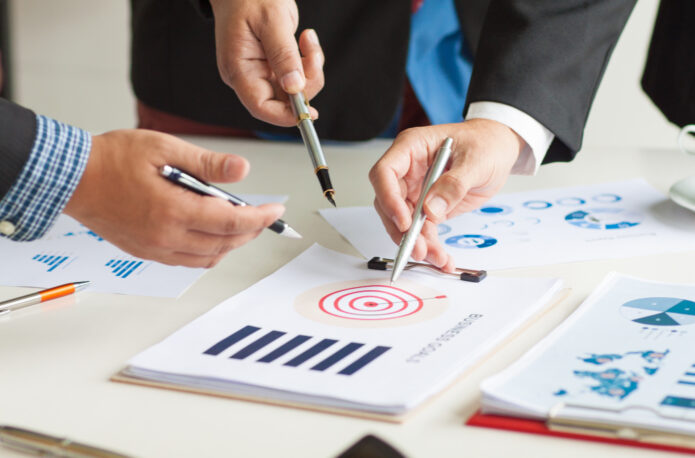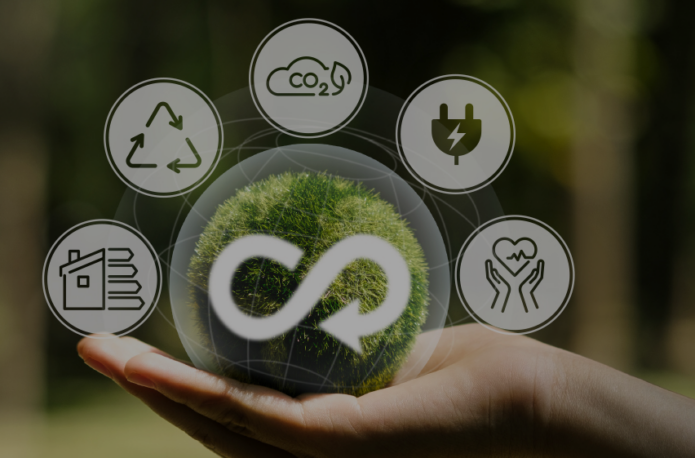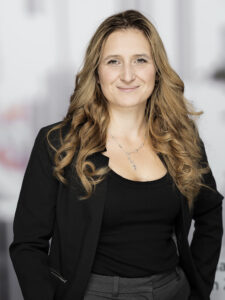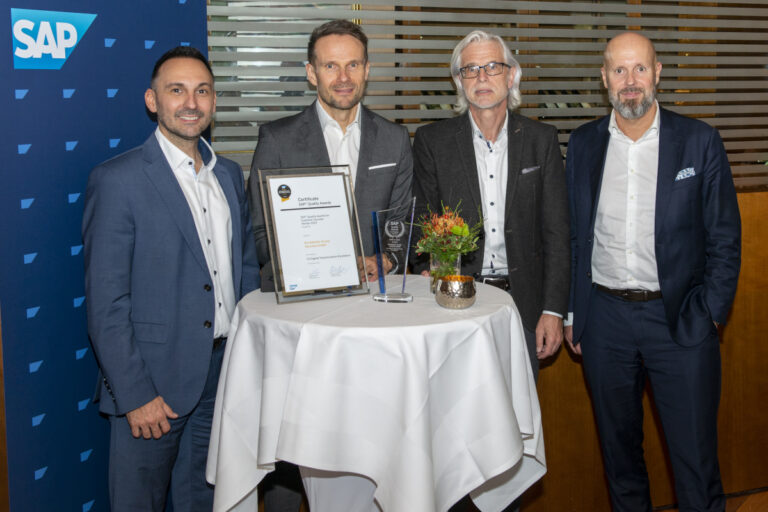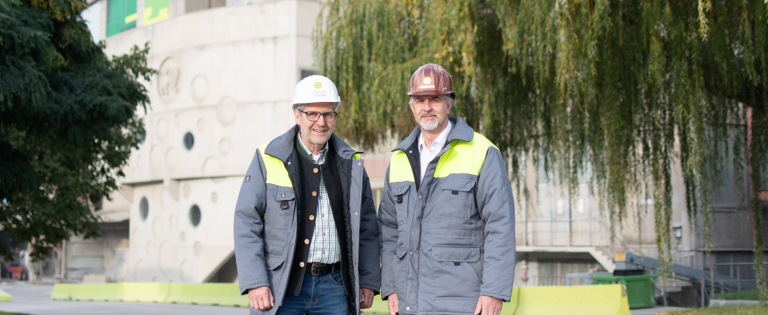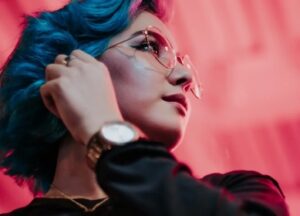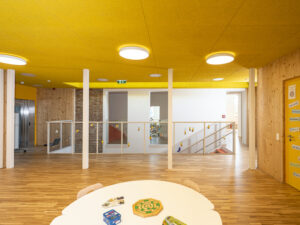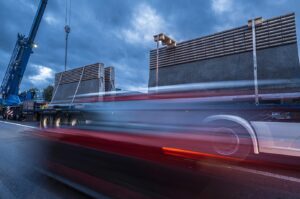Concrete as a building material
The foundation for sustainable construction. The Association of Austrian Concrete and Precast Plants (VÖB) is clearing up the image of CONCRETE – and so are we! What can concrete really do?

ENERGY STORAGE
Concrete, with its high density and thermal conductivity, is an excellent energy store. Component activation makes use of this property: concrete components integrate water-bearing pipe systems that are used to heat or cool the interior depending on the season.
This technology is ideal for renewable energies thanks to its low temperature differences and high storage capacity. Concrete thus contributes to the energy transition and helps to reduce heating and cooling costs.
NATURAL PRODUCT
Concrete is a 100% natural building material that is essentially made up of three components:
1. aggregate (sand and gravel)
2. water
3. cement
Cement serves as a binding agent and consists of natural materials such as lime, clay and marl. These mineral raw materials are fired to give the cement the properties it needs to harden. This also gives concrete its unique qualities: Strength, load-bearing capacity, durability and recyclability.


INFRASTRUCTURE PROVIDER
Concrete, indispensable for water pipes and reservoirs, ensures clean drinking water every day. Concrete helps to protect rivers and lakes by channeling wastewater into sewer systems.
Concrete is also an essential building material for public transport infrastructure such as railroads and subway railroads.
Concrete road surfaces play a key role in the high-level road network. They are extremely dimensionally stable, low-maintenance and durable and reduce fuel consumption thanks to their low rolling resistance. Concrete structures such as tunnels and bridges are cornerstones of a safe infrastructure.
TRAVEL MUFFLE
Concrete is produced regionally and its raw materials also come from the region. With around 250 plants throughout Austria, transportation routes are short.
On average, fresh concrete only travels around 18 kilometers from the production plant to the construction site, which contributes to a significant reduction in CO2 emissions from transport. Delivered precast concrete parts also follow the principle of short distances.
Regional raw material extraction and concrete production promote jobs, training and strengthen the local economy.


CO2 SINK
Concrete is the most widely used building material in the world and is used in a variety of ways in building construction and civil engineering. Cement production causes CO2 emissions – reducing these is an important goal.
Through the natural process of carbonation, concrete permanently absorbs CO2 from the ambient air during production, use and recycling! It thus compensates for up to 40% of the raw material-related CO2 process emissions from cement production.
LONGEVITY ARTIST
Concrete impresses with its strength and durability, it is extremely resilient, insensitive to the effects of weather and moisture and also fire-resistant – a particularly robust building material.
Large spans can be bridged with concrete components. This allows a high degree of flexibility in interior design. Concrete structures are characterized by a long service life and therefore conserve resources.


RE-USER
Due to its composition of natural raw materials, concrete can be dismantled, reprocessed and turned into recycled concrete several times. This recyclability makes concrete buildings the raw material store of the future. Digital planning and production is also bringing the reuse of components into focus.
Another positive effect of recycling: the increased surface area when breaking up old concrete promotes carbonation, which permanently binds CO2. The almost complete reuse of old concrete conserves resources and protects the environment.
In-depth information on concrete, interesting facts and useful information at Baustoffbeton.at

